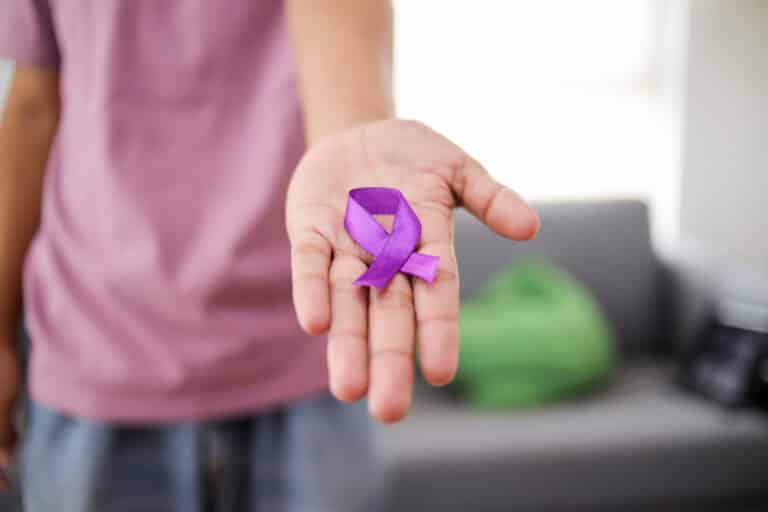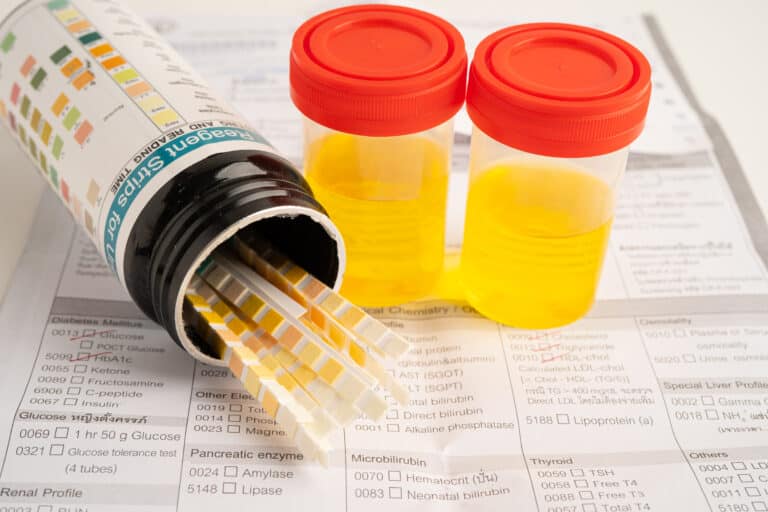Post-traumatic stress disorder (PTSD) is much more common than most people are aware of. As of December 2020, the prevalence of PTSD over one’s life in Canada and the United States ranged between 6.1% to 9.2% of the general adult population.
Catching this condition early on is of the utmost importance for developing a personalized and effective treatment plan.
Noticing PTSD signs and symptoms in yourself or loved ones may be challenging. With a proper explanation of the stages of PTSD, you can begin to better understand the condition and its treatment options. Keep reading to learn more.
The Stages of PTSD
As a whole, PTSD has been defined as a psychiatric condition that appears in people who have witnessed or experienced a traumatic event. This may include but is not limited to, natural disasters, accidents, war, rape, or terrorist acts.
Alternatively, PTSD may occur in those who have been threatened with death, serious injury, or unwanted sexual acts. It is a complex diagnosis that can impact people of any age, ethnicity, sexual orientation, and gender.
Impact
The first stage of PTSD is known as the impact stage. This stage, also referred to as the emergency stage, occurs immediately following a traumatic event.
A person may remain in this stage for a few hours or a prolonged period. This all depends on the type of trauma the person experienced and how well the individual initially copes with it.
For example, those who can physically detach themselves from the situation may spend a shorter period in this phase. With that said, this is not guaranteed and time spent in this phase may be prolonged for some individuals.
Some of the most common PTSD symptoms experienced in this stage include feelings of shock and anxiety. Often, it can be hard for individuals to come to terms with what happened and as a result, may feel guilty or hypervigilant.
Also, many complex PTSD symptoms are not commonly noted. Since trauma is unique to each individual it can be difficult to pinpoint exactly how one will react when faced with a traumatic event.
Rescue/Denial
Following the initial experience, some people go through the rescue or denial phase of PTSD. Those who experience this phase tend to report intense feelings when recalling the traumatic event.
For most, this stage consists of coming to terms with the situation while still experiencing shock. Other symptoms both men and women may experience include:
- Stressful dreams
- Flashbacks
- Involuntary memories
- Distress
- Feelings of numbness
People with PTSD may also try and avoid their emotions during this phase whether they are consciously aware of them or not. As a result, they may engage in avoidance behaviors.
This usually involves avoiding people, places, and triggers that remind them of the event. Substance use is also common in some people during this stage when trying to distance themselves from the traumatic event.
Short-Term Recovery
This stage is the first step to mending a person’s physical and mental well-being following the traumatic event. In general, this stage consists of the immediate solutions to help them adjust back to their normal life.
Also, this stage is a time for them to address basic survival needs before they can approach external issues. These issues may include mending personal relationships or returning to work.
Stage 3 will look different for each individual depending on the amount and type of support they receive. The forms of this stage can be broken into two categories:
Altruism
A person who receives an overwhelming amount of positive support will likely want to project this kindness onto others. Often, they are fearful of showing any signs of negativity since they do not want to come off as ungrateful.
Disillusionment
This form of short-term recovery usually results in disappointment due to a lack of support from peers or loved ones. As a result, the person may become cynical as a way of coping with their trauma.
Regardless of how the person enters this stage, nightmares and intrusive thoughts are still an issue for them. Sadness, fatigue, and confusion may also arise in individuals during this phase.
Long-Term Recovery
As with most physical and psychological conditions, recovering from PTSD can be a lengthy process. Along with support from loved ones, seeking professional treatment is recommended to help reduce and potentially eliminate symptoms overtime.
With that in mind, it is important to start treatment as soon as possible. Waiting a long time following the traumatic event will only hurt the recovery.
During this time, an individual with PTSD may have feelings of resentment or be fearful about the future. It is also not uncommon to experience feelings of depression and anxiety.
In treatment sessions, a professional can gauge what meaning an individual associates with the trauma they experienced. Depending on the context, this can have a long-term impact on their mental health and emotional well-being.
For this reason, discussing the trauma is of the utmost importance. Holding in emotions and repressing the event will only build up over time and impact one’s mental health later in life.
Factors such as willingness to accept the trauma will help determine how long a person seeks professional treatment. In some cases, people with PTSD continue treatment their entire lives to manage their ongoing struggles.
Seeking Treatment From Trusted Professionals
Understanding the stages of PTSD allows you to recognize the condition more easily. With this information, and the willingness to seek treatment, you can actively work towards improving your or a loved one’s quality of life.
If you or a loved one is experiencing any of the symptoms listed above, do not hesitate to contact trusted professionals.
At Southern California Sunrise, we pride ourselves on providing professional and personalized care. To receive more information on any of our services, feel free to contact us through our site or give us a call at (866) 523-2250.






